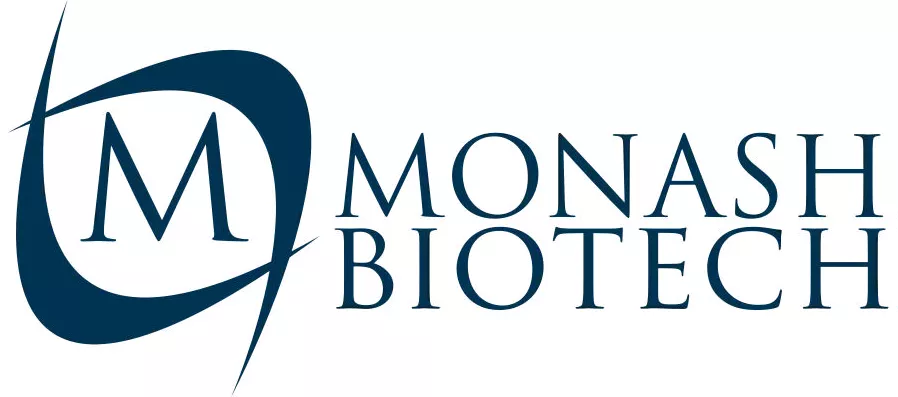Who discovered assisted reproductive technology ?
Assisted reproductive technology (ART) has a complex history with contributions from various researchers and scientists over the centuries. While the concept of assisted reproduction dates back to ancient civilizations, the modern era of ART began to take shape in the 20th century.
The first documented report of the application of artificial insemination dates back to the late 1770s by a Scottish surgeon named Dr. John Hunter. However, it wasn't until almost a century later that the real beginning of ART as we know it today emerged.
In 1943, the first report on human artificial insemination was published by Guttmacher, marking a significant milestone in the development of ART. This publication laid the groundwork for further advancements in assisted reproduction, leading to the development of techniques such as in vitro fertilization (IVF), intracytoplasmic sperm injection (ICSI), and embryo transfer.
While there isn't a single individual credited with the discovery of ART, it is the collective efforts of researchers, scientists, and clinicians over the years that have contributed to its evolution into the sophisticated field it is today. Their dedication and pioneering work have revolutionized the treatment of infertility and provided hope to millions of individuals and couples worldwide.
Holding Micropipette

Chat with us
We’d love to talk to you.
Our Products
Blastomere Biopsy Micropipettes
Holding Micropipettes
Injection Micropipettes
Polar Body Biopsy Micropipettes
Trophectoderm Biopsy Micropipettes Bevelled
Trophectoderm Biopsy Micropipettes Flat
Support
Customer Support
Frequently Asked Questions
Chat Support
Chat on FaceBook Messenger
Helpful Resources
Privacy Policy
Please note that the 3D models displayed on this website are for illustrative purposes only. Actual product dimensions, colors, and finishes may vary. These models should not be considered a precise or guaranteed representation of the final product.
© 2025 Monash Biotech. All Rights Reserved.
Designed & Developed by Goafreet Company


